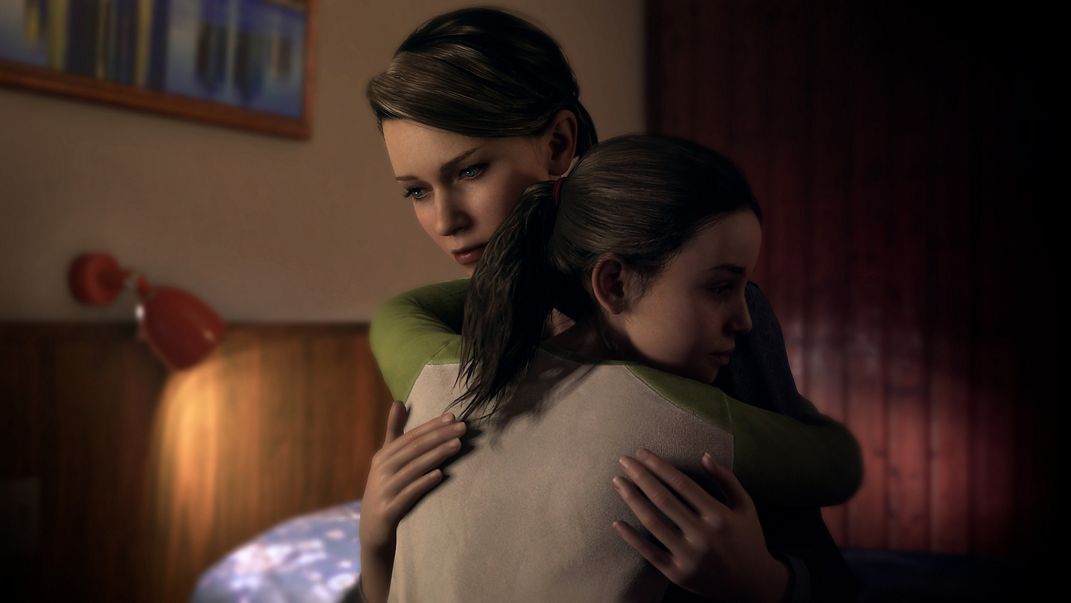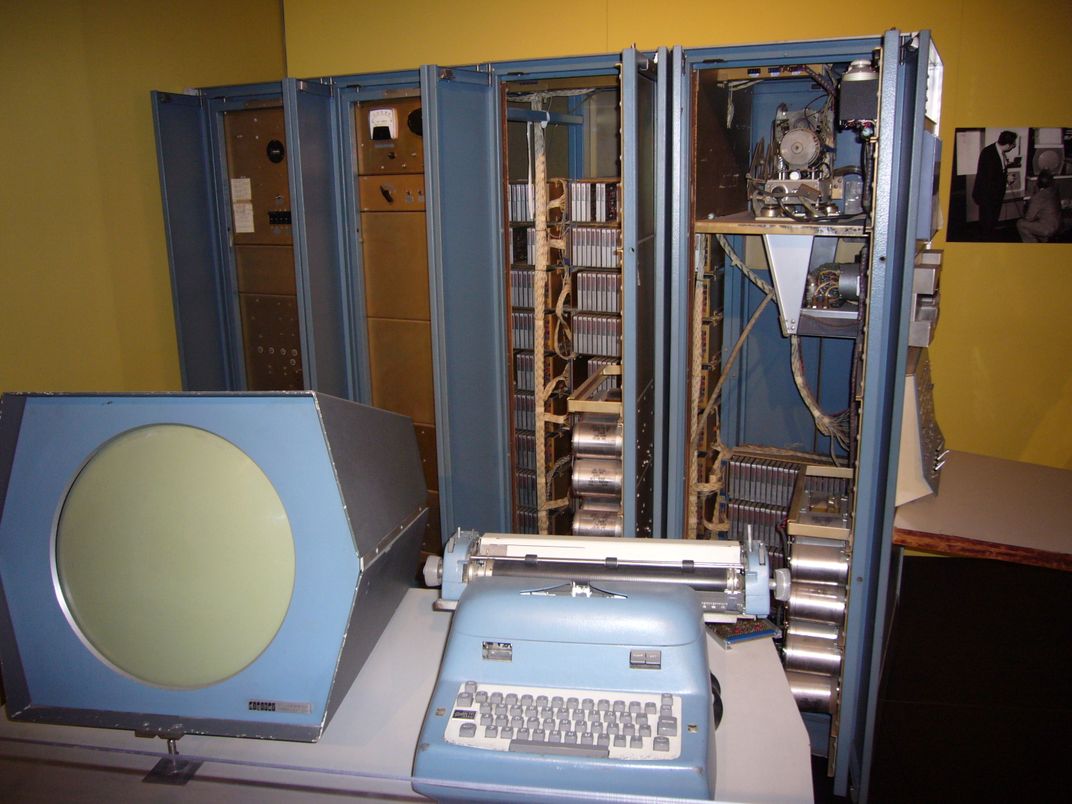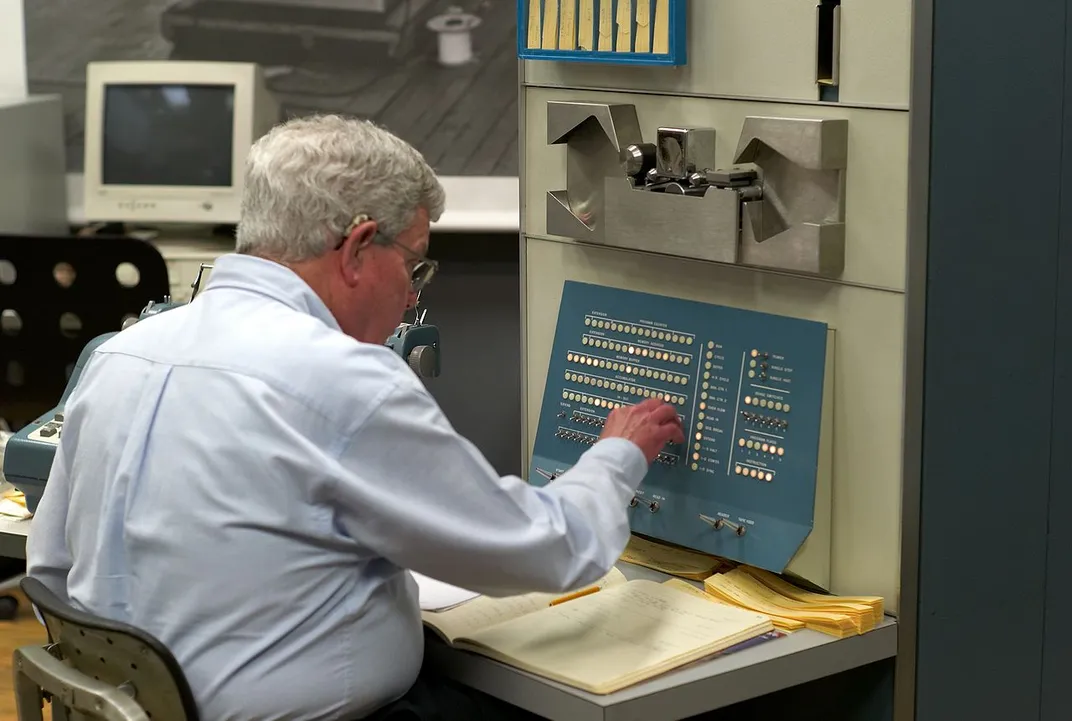How the First Popular Video Game Kicked Off Generations of Virtual Adventure
A simple contest of sci-fi strategy, ‘Spacewar!’ ushered in what is now a 140 billion dollar industry
/https://tf-cmsv2-smithsonianmag-media.s3.amazonaws.com/filer/3a/60/3a60c121-01ff-4ff1-aef9-51ec58b09a1a/spacewar1.jpg)
In the cultural landscape of 2018, video games are difficult to ignore. Consumers have been drawn to games this year in record numbers, partaking not only of lighthearted multiplayer romps like Fortnite and Overwatch but also emotionally taxing narratives such as the speculative sci-fi odyssey Detroit: Become Human and the sweeping Western tragedy Red Dead Redemption 2. There is a growing mainstream awareness that video games can, and often do, constitute genuine art. The medium is in the midst of a golden age.
Rewind about six decades and the same could not be said. In fact, in 1960, “popular video games” would have been an oxymoron. Programmers with access to the hulking and temperamental computers of the era worked on games here and there, but none had the magic needed to proliferate nationwide. That is, until a group of enterprising MIT students concocted a simple but enthralling program called Spacewar!, which debuted in 1962 on the Digital Equipment Corporation’s PDP-1 machine and promptly caught fire.
The seven living members of the eight-person team responsible for this seminal game—Martin Graetz, Steve Russell, Robert Saunders, Steven Piner, Wayne Wiitanen, Dan Edwards and Peter Samson (Alan Kotok passed away in 2006)—gathered recently at the Smithsonian’s National Museum of American History to discuss their digital craftsmanship. Interviewing the panel was games industry legend Christopher Weaver, founder of Bethesda Softworks.
Spacewar!, Weaver says, was “as involving as it was entertaining.” Its players found the mechanics of the game as irresistible as the supermassive star situated at the center of the screen.

The premise of Spacewar! was simple—an interstellar dogfight between two torpedo-equipped craft. Steve Russell recalls his inaugural idea: “It would be neat if someone built a spaceship trainer, because [lay]people didn’t understand how spaceships coast and so on.” It occurred to Russell that MIT’s just-acquired PDP-1 computer—provided by the Digital Equipment Corporation (DEC) for “educational use”—would be the ideal platform for such a simulation. “It ought to be possible on the PDP-1, which had a display, to give people a spaceship they could control, and learn something about.”
Martin Graetz says that the group of engineers shared a love of popular space media. “We were pretty thoroughly steeped in the novels of ‘Dr.’ E. E. Smith,” he says, “and all the bad science-fiction movies that came out of Toho Studios in Japan.” Perhaps most crucially of all, the man who gave the boys the go-ahead to use MIT’s $120,000 new toy to develop their video game, Professor Jack Dennis (also in attendance at the event), was the faculty advisor for the Science Fiction Society.
When Russell’s friend Alan Kotok presented him with the sine and cosine routines he needed to bring his idea to fruition, the Spacewar! concept took flight. The first version of the game, which Russell whipped up in the span of just a few weeks, allowed a pair of players to square off on a black plane populated with decorative, randomly generated white stars. At the center of the display sat a lethal supermassive star, but the only physical forces Russell implemented in his alpha version were the thrusts on the two spacecraft and their torpedoes, so avoiding this hazard was trivial for combatants.
Word of Russell’s achievement quickly got around at MIT’s uber-nerdy Model Railroad Club, whose elaborate projects in direct-current circuitry had prepared Russell and his friends for the rigors of digital game development. It wasn’t long before many took an interest in improving upon the foundational Spacewar! template.

Peter Samson came through with a snazzy upgrade to the Spacewar! aesthetic, replacing the randomly generated star chart of Russell’s game with an authentic backdrop culled directly from the actual night sky. Even more impressive, Samson worked in code to continually update the star map based on the duration of time for which players had been playing. “You got different stars if you played for too long,” Russell explains. “That made it a much better game.” This implementation of seasonal variation prefigured the breathtaking weather patterns of present-day open-world adventure games—a truly remarkable achievement for the early 1960s.
But the feature of Spacewar! most directly responsible for its meteoric rise to fame was the addition of gravity to the supermassive star. It was Dan Edwards whose ingenious compiling freed up enough memory to implement these new calculations, and his modification paid off in a big way. Giving the star a gravitational tug—and the players limited fuel—heightened the tension of the game, and opened the door for stable orbits, slingshot maneuvers and other crafty strategies. In an instant, Spacewar! went from fun diversion to deep tactical challenge. MIT students reserved time with the PDP-1 just to get their hands on the game.
The developers of Spacewar! also added a dangerous “hyperspace” feature, which allowed novice players to teleport out of a tight spot at the risk of spontaneous destruction or an unfortunate random respawn. Elite players turned their noses up at the hyperspace option—“It was something you could use,” Martin Graetz remembers, “but you didn’t really want to.” But the hyperspace button made the game accessible, and allowed even more curious students to fall under the game’s sway.

So universally appealing was Spacewar! that, following the game’s completion in the spring of 1962, those who had worked on it saw fit to present their open-source code to DEC—the makers of the PDP-1—at a company conference. Those who saw the game demoed were beyond impressed, and Spacewar! quickly became a beloved preload on all PDP-1 machines installed thereafter.
“Spacewar! was happily demonstrated as something understandable on a computer which was viewed as magic and incomprehensible,” Russell says. And though only 53 PDP-1’s were ever released, the cultural impact of Spacewar! reverberated across the country. Students at universities far and wide adapted the open-source code to run it on whatever machines they were using. Spacewar! proved that video games made with heart could be addicting entertainment, and gave rise to the arcade culture of the decades to follow. Spacewar! itself has aged remarkably well, and to this day enjoys a cult following on Steam and other platforms.
At the conclusion of the panel discussion on Spacewar!, each of the game’s seven living coauthors received an Academy of Interactive Arts and Sciences Pioneer Award—an honor “reserved for individuals whose work has helped shape and define the interactive entertainment industry through the creation of a technological approach or the introduction of a new genre.”
The Smithsonian's Lemelson Center for the Study of Invention and Innovation has launched an initiative to preserve the legacy of video game pioneers.
/https://tf-cmsv2-smithsonianmag-media.s3.amazonaws.com/accounts/headshot/DSC_02399_copy.jpg)
/https://tf-cmsv2-smithsonianmag-media.s3.amazonaws.com/accounts/headshot/DSC_02399_copy.jpg)